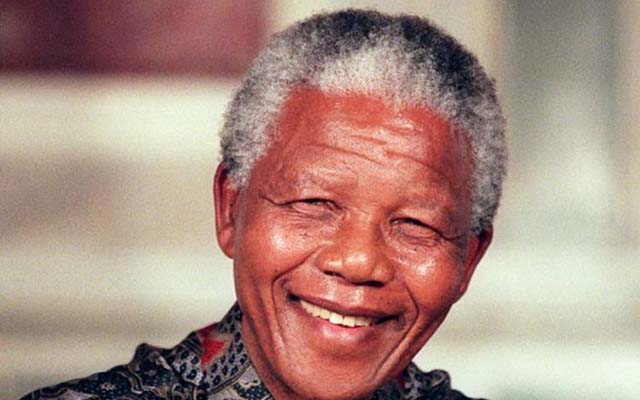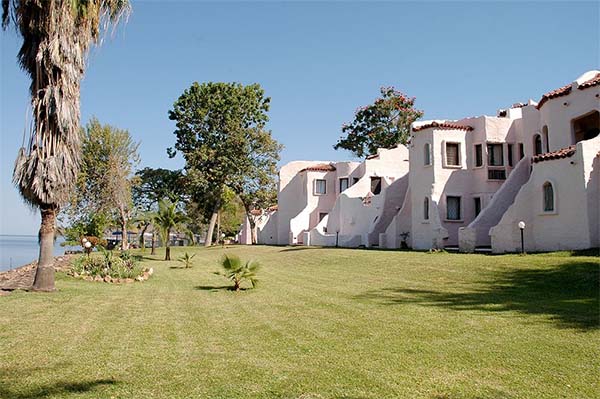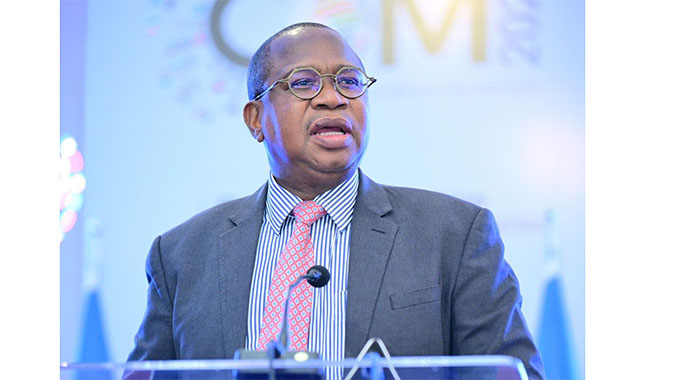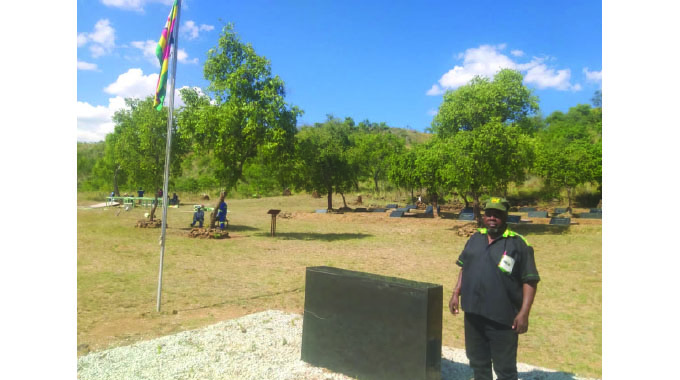SA: Why the war against apartheid legacy is far from over

Fred Khumalo Correspondent
“AWAKING on Friday morning, 20 June 1913, the South African Native found himself, not actually a slave, but a pariah in the land of his birth.”
This is the startling opening line of Native Life in South Africa, by author, journalist, and political activist Sol Plaatje (founder member and first general secretary of the South African Native National Congress, which became the African National Congress, ANC).
The book, in clinical detail, explains how the passing of the Native Land Act of 1913 was to see the transfer of 87 percent of South African land – a good chunk of arable land on which the blacks had survived – into the hands of the white colonial minority, while the blacks were condemned to arid, overgrazed patches of land.
Born on July 18 1918, Rolihlahla Mandela grew up in blissful ignorance of these stark realities in the black world, mainly because he was the son of a traditional chief who still had vast tracts under his own command, in the Transkei region.
When the young Mandela made his first contact with whites, the experience was unsettling. At the mission school, the teacher decided that his given name, Rolihlahla, was not enough; he had to be given a “civilised” name – hence Nelson.
Nelson Rolihlahla Mandela’s experience mirrored the reality of millions of other blacks who, in order to be properly documented, had to accede to western names whose meaning and provenance they did not know.
Nelson Mandela was in his second year of studies at Fort Hare University, the only such institution reserved for blacks in the entire country, when his rebelliousness against injustice first surfaced. As an elected president of the Students Representative Council, he led a strike against poor quality food. Dr Alexander Kerr, the white principal, loved Mandela’s studious mind and did not want to take drastic action against him. So he tried to appeal to his protégé to tone down his stance; when Mandela refused to back down, he was expelled from college.
The journey begins
This set the tone for the rest of his life. In 1941, he left the Transkei for Johannesburg. Possessing no skills, in the “City of Gold”, he tried his hand at many things – at one stage becoming a nightwatchman, complete with a helmet, a whistle and a club.
With the help of Walter Sisulu, whom he had met on arrival in the city, Mandela found a job as an articled clerk for a white law firm. His experience at the law firm opened his eye to injustices against his people, and he was determined to fight back.
He enrolled at the University of the Witwatersrand. Alas, even though he spent six years there – from 1943 to 1949 – he left the institution without a degree. His studies played second fiddle to his job as clerk at the law firm, and also to his growing political activity.
At the university he suffered many indignities: once, when he went to a café with some white students, they were turned away because there was a “kaffir” among them. When one of his friends tried to put up a fight, Mandela put his hand on his shoulder, and said “Just leave it!”
Such indignities coloured the lives of millions of black South Africans thanks to long-entrenched racial attitudes which were given impetus by a slew of apartheid laws enacted by the supremely racist National Party which came into power in 1948.
In his seminal book “Move Your Shadow: South Africa, Black and White”, the American writer Joseph Lelyveld notes how startled he was to discover that “an up-to-date volume of all the laws in South Africa that relate specifically to blacks – laws, that is, that can normally be broken only by blacks (or by persons of other racial groups only when they interfere with the state’s master plan for blacks) . . . amounted to about 2 250 closely printed pages, weighing about five pounds”.
There were also laws and circulars for Indians or Coloureds (people of mixed race) running into hundreds of additional pages.
Some of the most memorable laws under apartheid were:
– the Bantu Education Act of 1953 which ensured that blacks were given the most basic form of education, as Hendrik Verwoerd, the architect of apartheid, famously said: “There is no place for [the Bantu] in the European community above the level of certain forms of labour … What is the use of teaching the Bantu child mathematics when it cannot use it in practice?”
– the Group Areas Act proclaimed residential areas either as white, meaning even if a black person was rich enough to be able to buy property in an area designated as white, he simply couldn’t.
– the Immorality Act; it was immoral, and therefore illegal to have sex across the racial barrier: those who broke the law were liable to prison sentences of up several years.
– the Prohibition of Mixed Marriages Act: people could not marry across the racial divide. If a white man, however, insisted on wanting to marry a non-white, he might, thanks to the stipulations by the Race Classification Board, lose his status as a white person. Race Classification also applied when people of a fluid racial status applied to be reclassified, or an official deemed that they should be reclassified.
Confused? That’s only the beginning. Here’s Lelyveld again: “In my first year back in South Africa 558 Coloureds became Indians, 15 whites became Coloureds, eight Chinese became whites, seven whites became Chinese, 40 Indians became Coloureds, 20 Coloureds became Indians…”
Thanks to these laws, some families were torn apart as some members were, at the whim of an official, classified white, while others were classified otherwise. In some instances, to test for “whiteness”, officials would run a pen through the subject’s hair; if the pen got stuck, the subject was classified not white.
While the race classification laws were so otherworldly as to be laughable, apartheid had a lot more lethal laws in its arsenal.
The Terrorism Act of 1967 allowed someone suspected of involvement in terrorism – which was very broadly defined as anything that might “endanger the maintenance of law and order” – to be detained for a 60-day period (which could be renewed) without trial on the authority of a senior police officer.
Since there was no requirement to release information on who was being held, people subject to the act tended to disappear. Mandela himself was facing charges under this act, among others, when he was finally sentenced to life imprisonment, a sentence he served, in large part, on Robben Island.
The Black Consciousness leader, Steve Biko was being held under the Act when he was pummelled into a coma by the police and later died. It is estimated that approximately 80 people died while being detained under the Act.
It took years of activism – which ranged from the passive resistance of the 1950s, to the armed struggle of the 1960s, right up to the People’s
A segregation sign demarking separate areas for blacks and whites in the town of Carltonville, W. Gauteng. The battle against apartheid was won; but the legacy is far from over
Revolution which started in June 1976 – for the apartheid behemoth to be challenged.
Support by the international community, through sanctions posed against apartheid and agitation by the free media of the world, added impetus to this homegrown struggle.
The truth about FW de Klerk
A myth has been propagated over the years that the erstwhile apartheid president FW de Klerk had a sudden change of heart and outlawed apartheid. Nothing could be further from the truth.
It was the De Klerk regime which armed and funded the right-wing tribally-based Inkatha Yenkululeko Yesizwe (later, Inkatha Freedom Party) to suppress the popular rebellion which had started in 1985.
The resulting bloodbath was sold to the international community as an instance of “black-on-black” violence. Thankfully, the record was set straight when the country had its Truth and Reconciliation Commission in 1996 and heard confessions from killers associated with Inkatha and the apartheid regime at large.
It took the cool head of Mandela to appeal for restraint and peace in the face of a possible outright civil war. It has been argued that at the negotiating table, Mandela and his group were too accommodating to the former oppressors.
As a result, they won the battle against apartheid; but the war against the monster’s legacy is far from over. The black majority is still largely poor and less educated than its white counterpart.
The challenge now is to address that horrific legacy if an authentic human rights culture is to take root in South Africa.
Otherwise Biko and millions of other victims of apartheid would have died in vain. – New African magazine







Comments